The period of public participation in the Environmental Impact Assessment (EIA) process of the alteration of the Deepening and Widening Project of the Navigation Channel of the Port of Portimão runs only until tomorrow, the 28th of October. The short fifteen days for external entities – citizens, municipalities, associations – to comment on a complex project, in addition to a period of change in some of the municipal bodies, is one of the most frequent complaints in relation to this process.
The Arade dredging project to widen the navigation channel and the rotation basin, to allow the entry of larger cruise ships into the port of Portimão, had already been subject to an EIA in 2020. But the criticism was so many, that the Commission for Environmental Impact Assessment (CAIA) of the project proposed, in September last year, the «issuance of an unfavorable opinion».
But the Administration of the Ports of Sines and Algarve (APS), which promotes the 17 million euro project, even before there was a final decision, asked for the suspension of the EIA procedure, which was accepted by the Portuguese Environment Agency , thus allowing APS to present a new version of the project, already more adapted to the requirements of the various entities.
After reviewing the 287 pages of the «Environmental Note on the Project Reformulation», the new document that it can be consulted on the Participa.pt Portal, it is possible to conclude that the APS responds to almost all the questions that had been raised in the previous phase, either by the entities that spoke during the public discussion, or by those that make up the Environmental Impact Assessment Commission (CAIA).
The main criticisms had been made by the Council of Lagoa and by the Parish Council of Ferragudo, as well as by the owner of the Castle of São João do Arade, due to the impacts that the initial project would have on the estuarine beaches of Lagos – Angrinha and Grande -, whether in the access of fishermen from Ferragudo to its port and from ISN to its lifeguard, or in the Marina de Ferragudo project.
From the entities linked to the archaeological heritage, the profound impacts that the dredging will have on the remains, some of them ancient, sunk in the bed of the Arade were then mentioned.
But there were still concerns about the deposition sites of the dredged materials, with the environmental impacts in the estuary, which is a wetland of great importance, for example, for fish species of great commercial value.
From the reading of the new project, it is concluded that the main changes were made in the Navigation Channel, which undergoes a specific change in position of the upstream rotation basin, elimination of the rotation basin in the outer area, adjustment of the width of the navigation channel in a central section in a straight line near the Castle of São João do Arade, introduction of protection for the dredging slope of the Fishing Port and alteration of the rockfill of the marginal retention near the ISN and Praia da Angrinha.
On the other hand, new locations were defined for the disposal of quality dredged products to be placed on the beaches. These are five beaches – Nova and Cova Redonda, in the municipality of Lagoa, and Três Castelos, Amado and Careanos, in the Vau-Rocha section, in the municipality of Portimão.
Sand will also be deposited, but in an area immersed in dredging, in front of the beaches of Alvor and Meia Praia, a solution that was already planned.
As for the archaeological aspect, especially the very rich and already identified underwater heritage accumulated in the bed of the Arade estuary over millennia of navigations and shipwrecks, the project now foresees not only a permanent team of archaeologists, accompanying the dredging 24 hours a day. hours, such as emergency excavations in certain more sensitive areas and also a series of precautions and measures that, Sul Informação found out, largely respond to the questions raised above.
In addition, it is black and white that the Administration of the Ports of Sines and the Algarve will pay for all these archaeological works, something that should cost close to 3 million euros.
Thus, the project now foresees not only the use of a «bucket dredger with hold» and equipped with «AOV probes», in order to facilitate «the reading of real-time data for the archaeologist on board». This system allows permanent monitoring of the dredging works (which last 24 hours over seven months) in areas of "high archaeological sensitivity".
On the other hand, according to the addendum to the previous Environmental Impact Study, “during the dredging, the sediment removed by means of a bucket must be placed in a sieve on the basement. The sediment will then be washed using water jets. At the end of the washing of each load, the materials will be observed on the sieve».
In addition, “the permanent monitoring of dredged deposits on the beach is ensured by an archaeologist at each discharge”, also foreseeing the “performing surveys with metal detector periodically”. The monitoring of these actions will be "guaranteed by teams with expertise in nautical and underwater archeology".
In cases of greater heritage value – namely in the already identified archaeological sites Arade13/Geo5 and Arade15/Geo1, «corresponding to remains of ancient vessels and of heritage interest, an integral archaeological excavation should be carried out with the deposit of the materials in a secondary deposit in area with identical characteristics, in order to guarantee the preservation of all the elements'.
During the execution phase, «the dredging must be carried out using a bucket dredger in the area of 50 meters around the site of the remains to enable direct observation of the mobilized sediments».
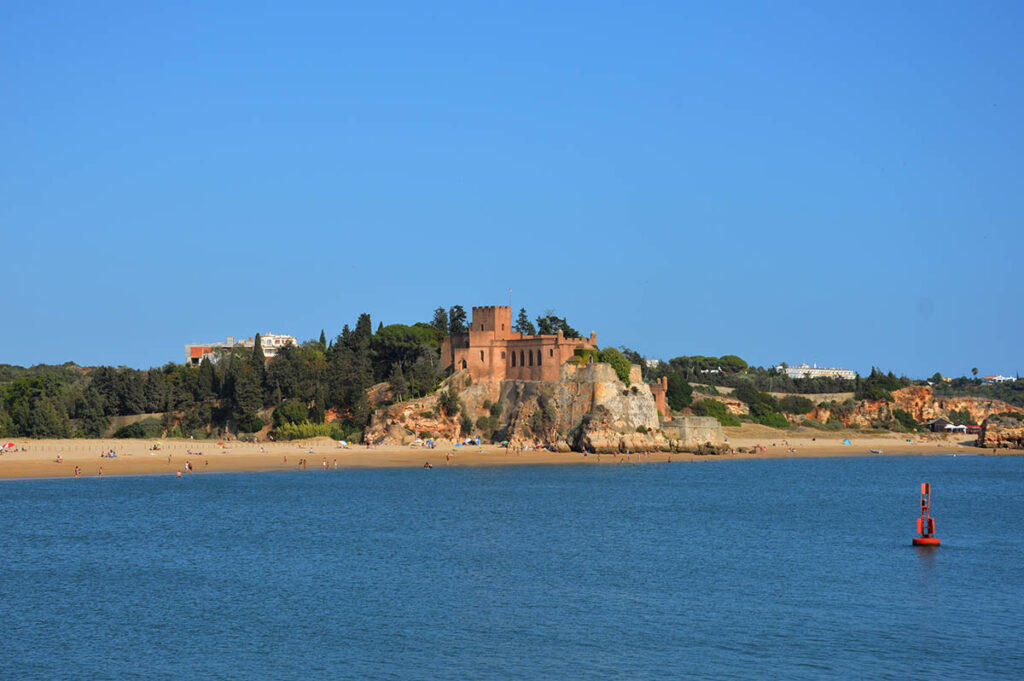
Although what we publish here is only a summary, it is clear that the new project promoted by APS strives to answer the main issues raised, at least with regard to the immediate impacts of dredging.
However, sources contacted by Sul Informação that nothing is defined as to the immense archaeological remains, namely referring to ancient ships, which will be removed from the bottom of the estuary, during the dredging and archaeological campaign.
“This booty has to go somewhere, otherwise it's lost. Do the town councils of Portimão or Lagoa have a strategy already defined for this? Does the Portimão Museum, for example, have space in its reserves to accommodate what will come out of there? Lagoa doesn't even have a museum, or a conservatory, or space for reservations. The volume of goods that will be removed is brutal and no one is prepared for that», guaranteed a source.
“There is an enormous future burden here, resulting from this intervention in the Arade estuary, which is not accounted for. If you want to build a museum to house all this collection or enlarge the museum in Portimão, all this investment will have to be paid by the Municipalities of Portimão and Lagoa. And that is not even thought out», added the same source.
The Environmental Impact Assessment process of the alteration to the Deepening and Widening Project of the Navigation Channel of the Port of Portimão can be consulted here.
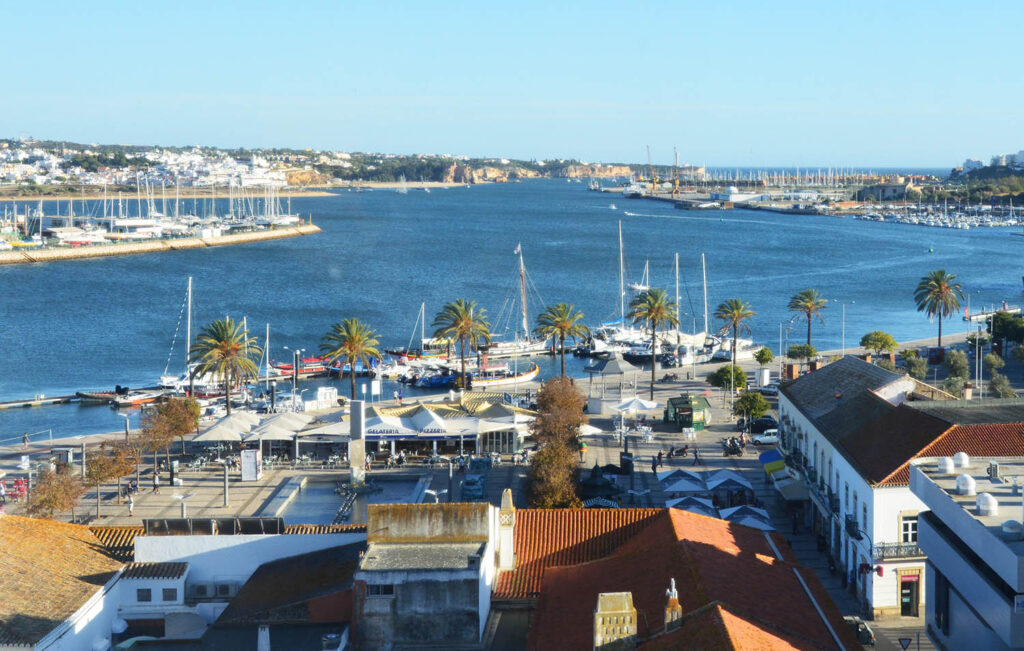
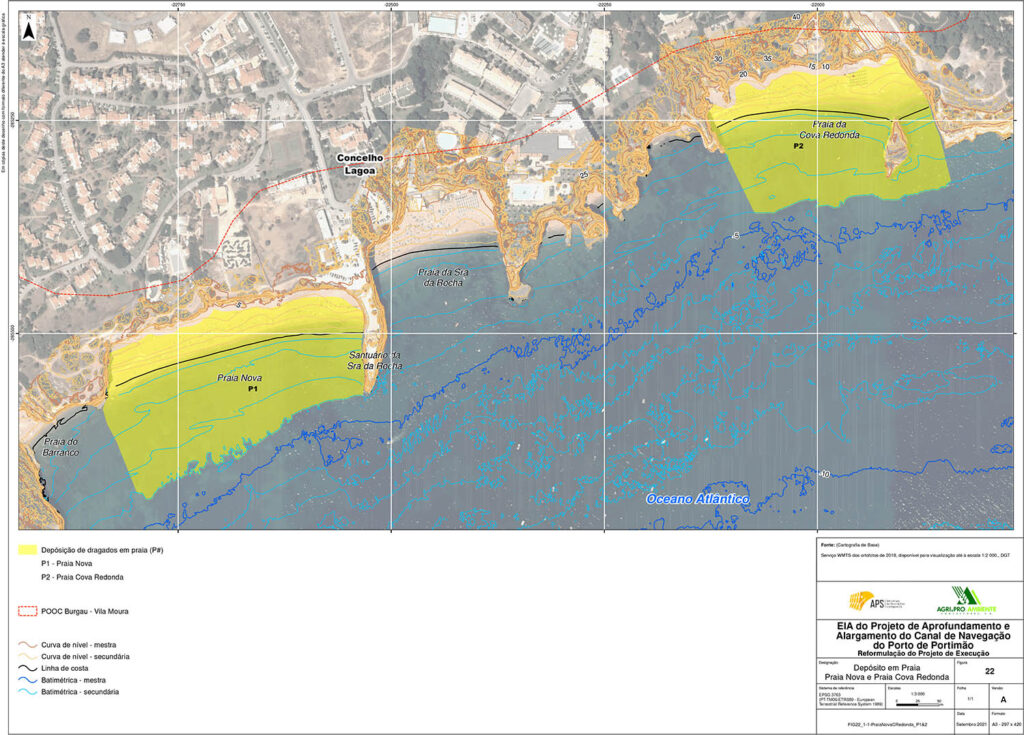
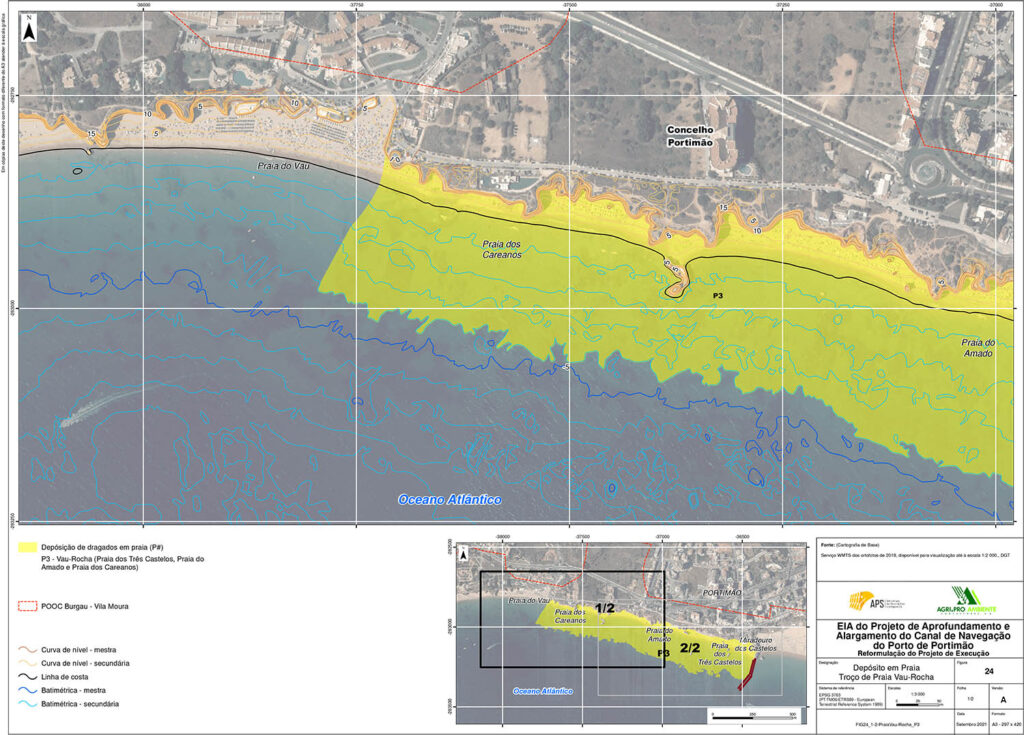
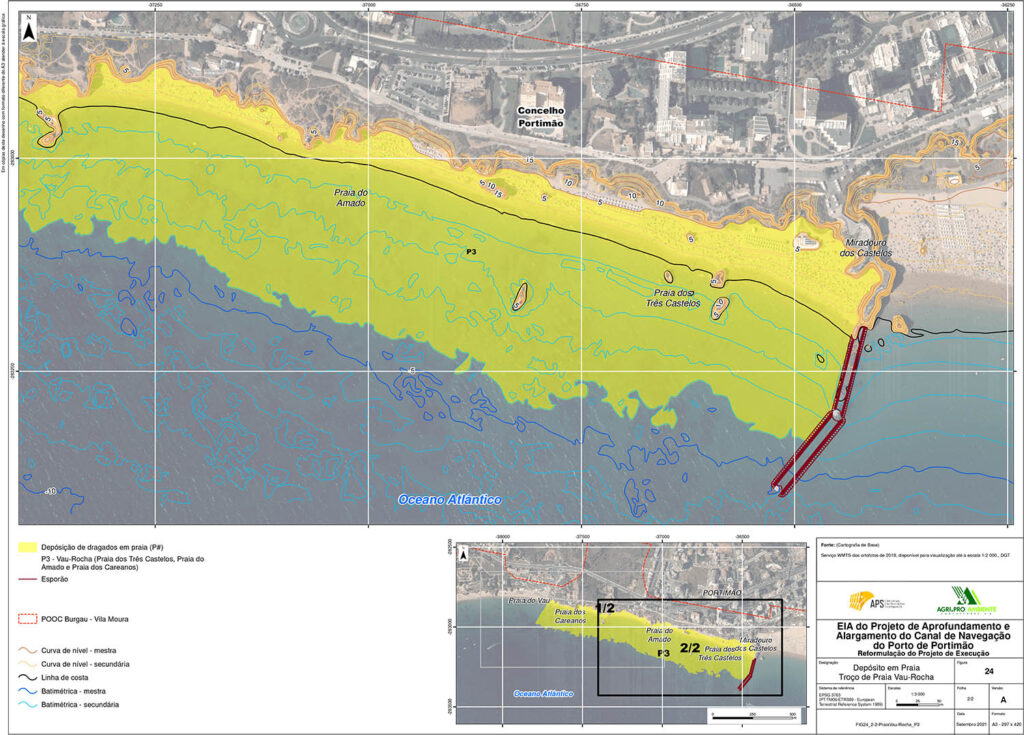
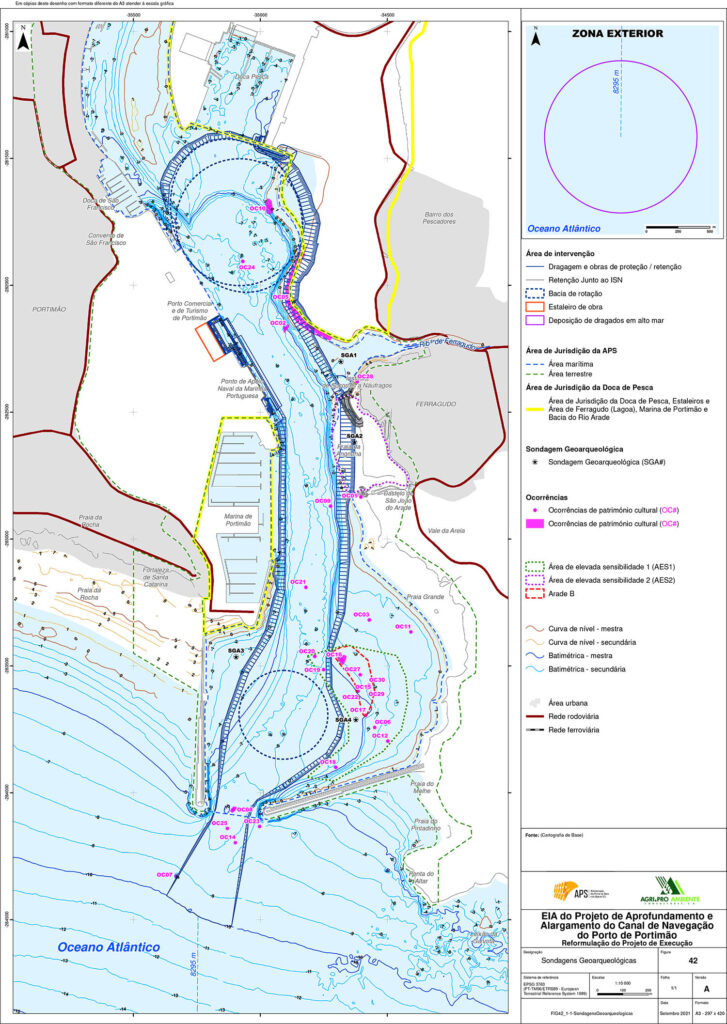



















Comments